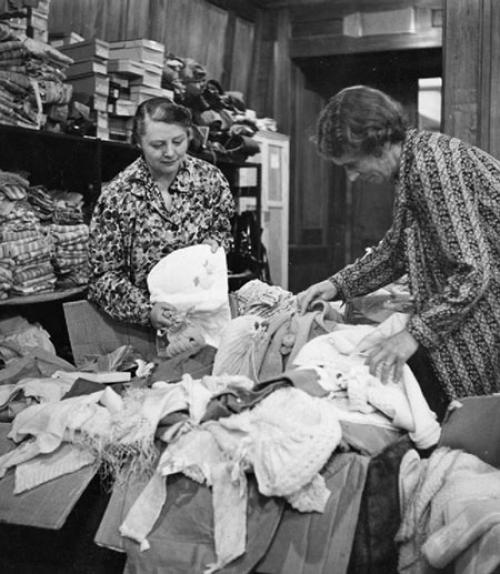I want to start by asking you to think about the future of the outfit you’re wearing right now. Where will it be in two, five, ten years? What about beyond ten years? My research considers what happens to used clothing, and asks whether we can add value to what we usually treat as waste.
Fashion is a major component of the world economy, and the consumption of new clothing is a major driver of the global fashion industry. Estimates show that the business of creating, buying and selling new clothing contributes $3-$5 trillion a year to the global economy.
The fashion industry has a huge and detrimental impact on the environment. The supply chain for new clothing consumes excessive amounts of water and releases toxins into water supplies via dye baths, pesticides and insecticides; it generates waste throughout production and consumes lots of energy on both the producer and consumer end. And the negative impacts of the fashion industry are not just felt in the production and manufacturing phases, but also after consumption. Textile disposal has become a growing problem.
We’re most likely to throw clothing away when it’s still wearable but has lost its fashion appeal. The average American discards about 70 pounds of clothing every year. And although 95% of textile waste is recyclable, in the US, 85% of it ends up in a landfill.
Some of our discarded clothing will be resold in second-hand markets. The U.S. is the largest global exporter of secondhand clothing. About 50% of that is exported to lesser developed and developing countries.
My own research aims to address the problems of textile waste with a business model solution that redesigns and upcycles used clothing. Upcycling—or creative reuse—is probably the best solution for diverting waste. It maintains the original purpose of the garment. It saves energy that might be used for the production of new textiles and for the production of pockets, buttonholes, and other design features that might require long production times and labor costs.
Upcycling is a challenge for traditional fashion design thinking. It requires a creative and technical skillset that sets out to maintain style and minimize waste.
It’s also a challenge to figure out an effective infrastructure to make upcycling work. In one exciting model, some retailers of new clothing offer take-back and reuse programs. That is, they collect used clothing from their customers and then either resell the clothing or use it as a raw material substitute for new textiles in redesigned clothing. They often offer incentives to consumers to return used clothing in exchange for credit towards a new purchase. We call this a "circular economy" because a company redesigns its product and services with an acute understanding of the whole life cycle of the product, including its disposal and potential for reuse.
Let’s go back to your outfit for a moment. Maybe in a couple of decades the clothes you’re wearing will have a whole new life as other garments or accessories. The fiber could be recycled to make new fabrics or paper. Maybe your clothes will be recombined with other materials to make furniture. Or maybe they will be transformed into a substrate for plant growth in a hydroponic system.
We humans need to become better stewards of our waste, and clothing is a great place to start. We have the opportunity not only to reuse existing secondhand clothing but to close the loop of the apparel supply chain with a new process that can handle the large volumes of new clothing distributed and discarded across the globe.
Upcycling doesn’t ever have to go out of style.




